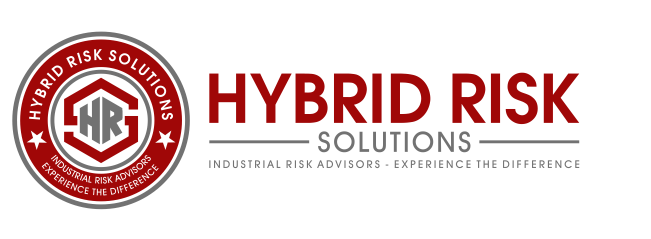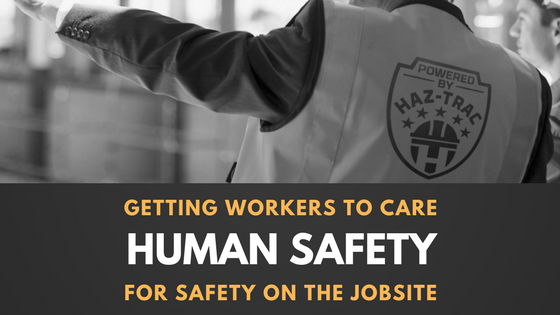A serious incident on a jobsite can be defined using OSHA’s reporting guidelines: fatality, in-patient hospitalization, amputation, or loss of an eye. A fatality must be reported within eight hours to the agency, and the others require reporting within 24 hours.
When a site deploys a method of identifying and correcting hazards on a daily basis, conditions that would usually lead up to a serious incident or fatality can be corrected quickly. A mobile inspection app like Haz-Trac can speed up the hazard identification and correction process by enabling each worker on the site to act as a safety manager. The app allows workers to quickly and easily report unsafe conditions and unsafe behaviors that might go unreported on a job without similar technology in use.
The immediate response to any of the above serious incidents varies, but most often requires a senior supervisor on the site to drop everything else they are doing to devote their time 100% to the incident.
Immediate Response
In the case of a fatality, a supervisor must make the heart-wrenching communication to multiple parties, which may include the deceased worker’s immediate family. At the same time, communication is required for workers remaining on the jobsite. This is a critical time for communication to be done properly, with respect, tact, and transparency.
Serious injuries that involve hospitalization, amputation, or loss of an eye require similar levels of communication and investigation. Although employers can now report fatalities and serious injuries online (link: https://www.osha.gov/pls/ser/serform.html), the time dedicated to an investigation and communication remains about the same.
The coming days
Many companies have access to an Employee Assistance Program (EAP) through insurance coverage. These types of programs can prove invaluable as they can supplement communication coming from site supervisors and corporate safety departments to assist workers with coping after a serious injury or fatality occurs on a jobsite. Workers who witnessed a serious injury or were otherwise involved may have feelings of guilt, sadness, or hopelessness that can be helped through communication with a professional outside of the jobsite setting.
Incident investigation may require that a portion of the jobsite be closed for OSHA and company officials to analyze. Production activities will need to be shifted to accommodate this important work. Workers who witnessed the incident may need to be interviewed, and their crews may have hours or days without their full productivity.
When production and the work plan are interrupted due to such unfortunate reasons, it is critical that communication continues so that further incidents are prevented. The ultimate goal of incident investigation is that future similar incidents are prevented – this can only be achieved when all parties cooperate to ensure a thorough investigation is conducted.
The coming weeks and months
As the investigation continues and findings are communicated, there may be debrief meetings and worker training conducted on an ad-hoc basis. Again, these actions support the ultimate goal of preventing future similar incidents, and cooperation is key. OSHA most likely will conduct an investigation immediately after a fatality, or in the weeks following a serious injury. There could be a six-month lag between the OSHA inspection and any notification of citations. It is important that incident investigation be conducted by site and corporate personnel regardless of OSHA activity. If OSHA issues citations, there may be further debrief meetings and worker training conducted based on the citation response required. In this case, site supervisors will work closely with corporate safety personnel to ensure timelines for citation response are followed.
Going forward
A fatality or serious injury is a life-altering experience for those directly involved and those who are at the worksite when it occurs. To ensure prevention of a similar incident from occurring, revisit the lessons learned during the incident investigation and OSHA inspection during jobsite meetings and safety training. When the job is finished, ensure the lessons learned are carried into future project to prevent recurrence.
When a mobile inspection app like Haz-Trac is deployed on a project, workers should be trained to look for unsafe conditions and behaviors that were found to be root causes in serious injuries or fatalities experienced by the project or similar past projects. This ensures that conditions and behaviors are quickly identified and resolved, preventing future similar incidents.








